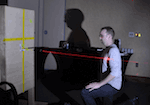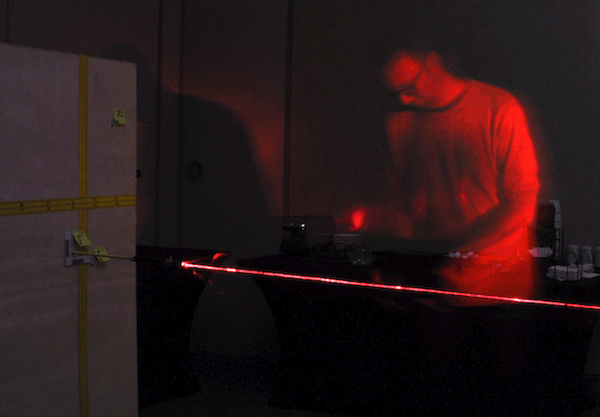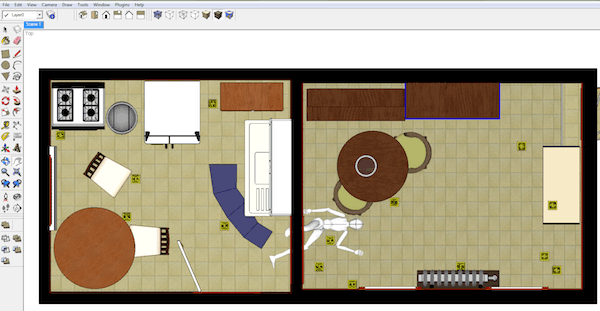HemoSpat Workshop At The Canadian Police College
A few weeks ago I had the opportunity to work with some of the bloodstain pattern analysts (BPAs) in my area. Staff Sgt. Gord Lefebvre of the Ontario Provincial Police (OPP) had approached me to see if we could get together to go over some of the features of HemoSpat. He arranged some space for us at the Canadian Police College (CPC) here in Ottawa to run an impact pattern workshop.
I know some other BPAs in the area, so I invited them to join us. We ended up with analysts from the OPP, Ottawa Police Service, and the Service de Police de la ville de Gatineau. The goal of the workshop was to create an impact pattern with multiple non-orthogonal surfaces, document it, analyze it with HemoSpat, and finally to go over the export capabilities to work with the data in 3D.
We placed a box in a corner and covered it with paper and placed cardboard on the floor.
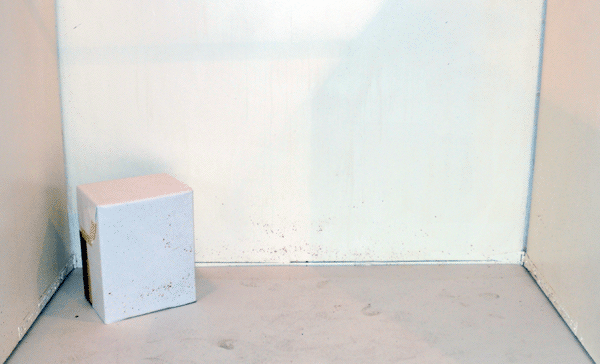
Gord suited up and created a pattern with one blow of a hammer close to the floor. Ugo Garneau (Ottawa), Vince Brideau (Gatineau), and Rob Lamarche (OPP) helped with stain selection and documentation, while Gord took the photographs.
When looking over the stains which were selected, one of the things that really stood out for me was the difference in quality of bloodstains on the three surfaces: the painted wall, the paper on the box, and the cardboard on the floor. Each of the surfaces interacted with the blood a bit differently.
On the painted surface, the impact of the blood resulted in well-formed edges.
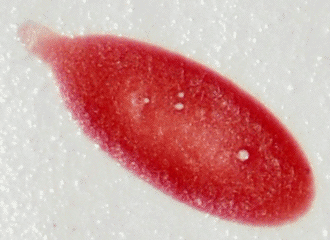
The paper and cardboard each absorbed some of the blood and resulted in some wicking into the material. This shows how important it is for the analyst to understand the mechanisms of bloodstain formation in order to fit ellipses properly during analysis.

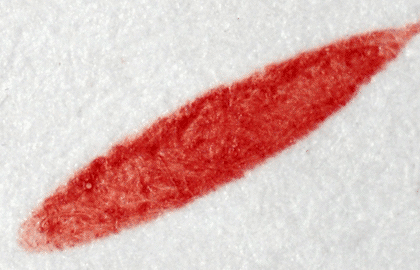
It was also interesting to note during analysis that using only bloodstains from the box resulted in a large standard deviation in the result. Adding in the stains from the wall and floor really tightened up the result. The final results of the analysis were quite good:
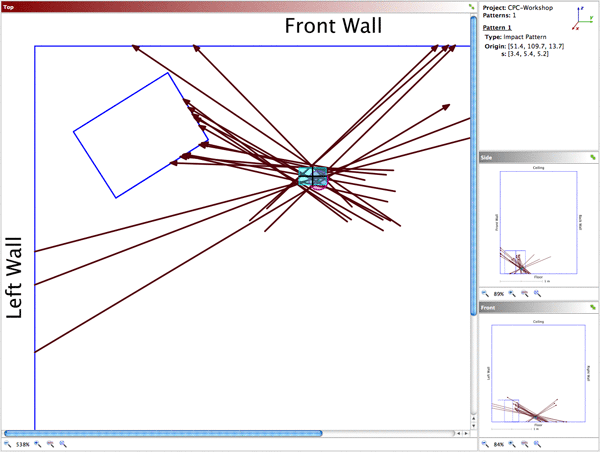
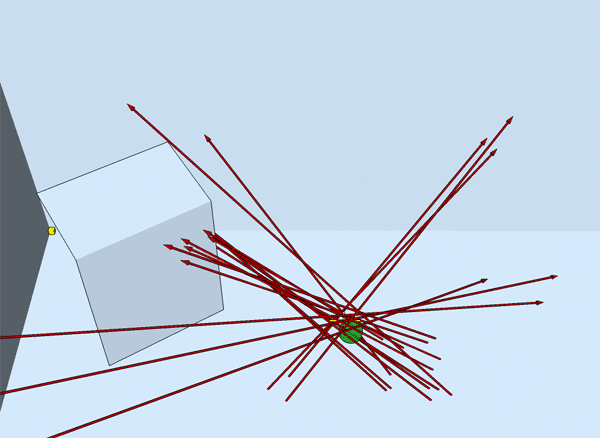
It was a very useful and productive day! Thanks to Gord for arranging things and to Ugo, Vince, and Rob for coming out, asking some good questions, and giving feedback. Special thanks to Doug Morris and Julie Goulet of the Royal Canadian Mounted Police (RCMP) who provided us with the training area at CPC.

